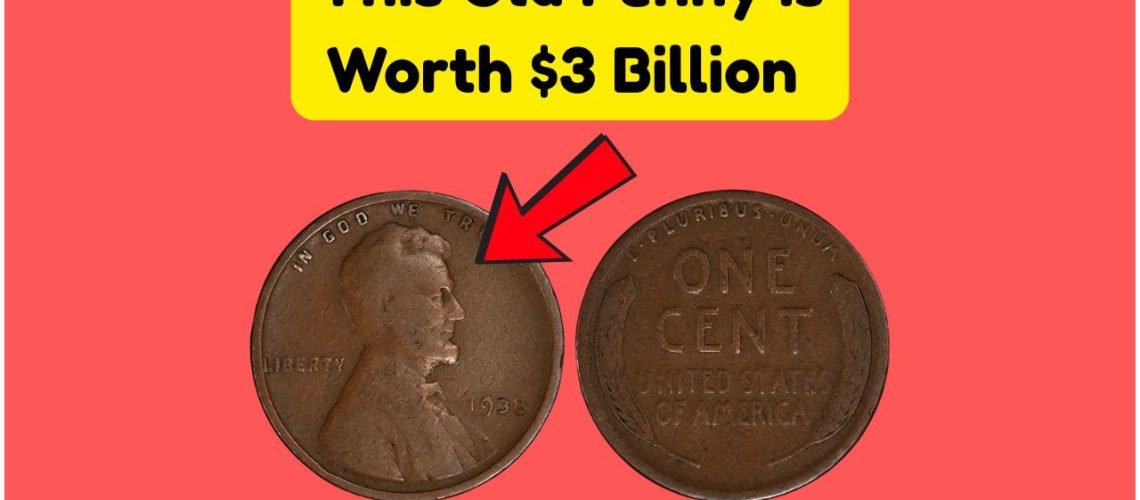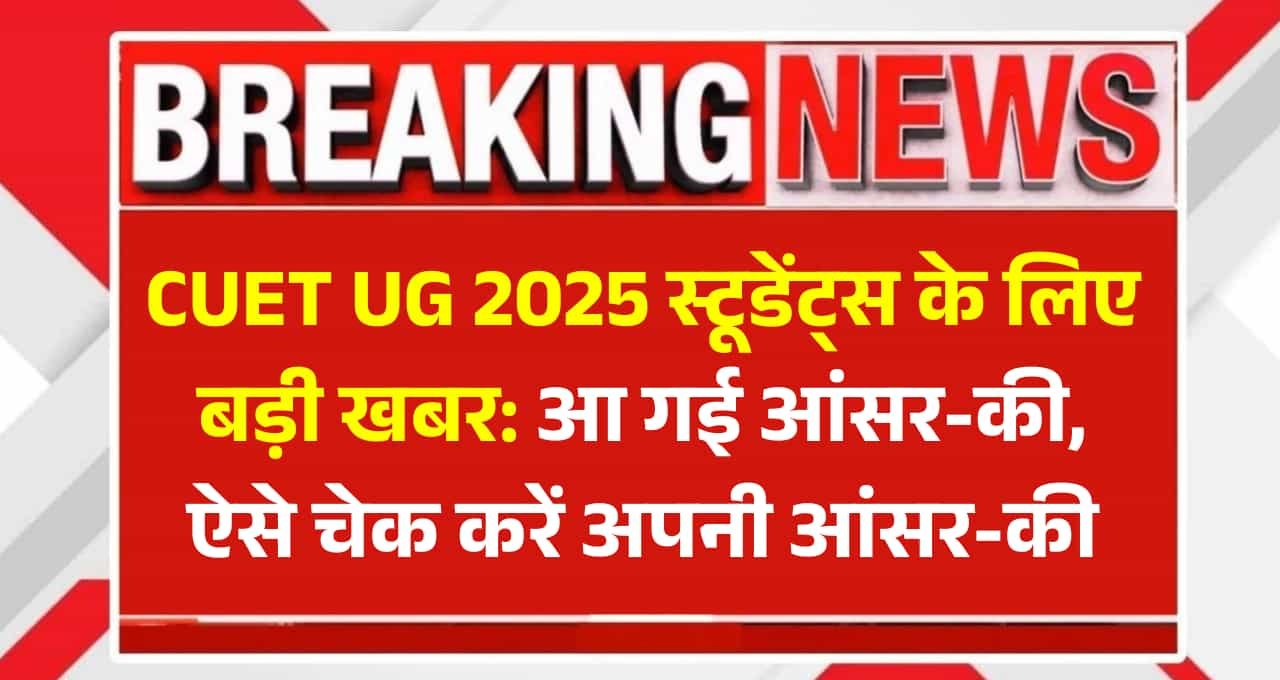Lincoln Wheat Penny:
Table of Contents
Toggle
Discover the Hidden Gem of the Lincoln Wheat Penny
The Lincoln Wheat Penny is a piece of American numismatic history, often overlooked by many but revered by collectors. Minted from 1909 to 1958, this coin might just be lying unnoticed in your pocket, carrying a significant historical and financial value. These pennies are not only notable for their rich history but also for their potential worth in today’s market. With some rare variants fetching up to $3 billion, it’s worth taking a closer look at the coins you might dismiss as spare change.
- Produced from 1909 to 1958
- Designed by Victor David Brenner
- Features Abraham Lincoln on the obverse
- Notable for the distinctive wheat ears on the reverse
- Key dates include 1909-S VDB and 1914-D
- Highly sought after by coin collectors
- Significant value in pristine condition
Why Some Lincoln Wheat Pennies Are Worth Millions
Not every Lincoln Wheat Penny will make you a millionaire, but understanding why certain pennies command higher prices is crucial for any collector. Key factors include mint year, mint mark, and condition. The 1909-S VDB penny, for example, was the first year of issue and had a limited mintage, making it extremely desirable. Similarly, the 1943 copper penny is another anomaly due to wartime metal shortages, with only a few known to exist. Collectors also seek pennies with errors, such as doubled dies or off-center strikes, which can significantly enhance a coin’s value due to their rarity and uniqueness.
| Year | Mint Mark | Design | Notable Features | Estimated Value | Rarity | Condition | Market Demand |
|---|---|---|---|---|---|---|---|
| 1909 | S VDB | Lincoln | First year issue | $1,000,000+ | High | Uncirculated | Extreme |
| 1914 | D | Lincoln | Low mintage | $150,000+ | High | Uncirculated | High |
| 1943 | Copper | Lincoln | Wartime error | $1,500,000+ | Extreme | Uncirculated | Extreme |
| 1955 | Double Die | Lincoln | Striking error | $125,000+ | Medium | Uncirculated | High |
| 1922 | No D | Lincoln | Faded mint mark | $25,000+ | High | Circulated | Medium |
How to Identify Valuable Lincoln Wheat Pennies
Identifying valuable Lincoln Wheat Pennies requires a keen eye and some basic knowledge of numismatics. Start by examining the mint mark, which is located under the date on the coin’s obverse. Coins minted in San Francisco (S), Denver (D), and those with no mint mark (Philadelphia) can vary significantly in value. Check for any irregularities or errors, such as double dies or off-center strikes. Additionally, the condition of the coin plays a major role. Coins in uncirculated or mint condition can fetch significantly higher prices than those that are heavily worn. Utilize a magnifying glass and a reliable coin reference guide to assist in this process.

Could This Lincoln Wheat Penny in Your Pocket Be Worth $14 Million?
- Examine the coin’s date and mint mark
- Look for distinctive errors like double dies
- Assess the coin’s condition using a grading scale
- Use a magnifying glass for a closer inspection
- Consult a reliable coin reference guide
The Role of Coin Grading in Valuing Lincoln Wheat Pennies
Coin grading is a crucial process in determining the value of Lincoln Wheat Pennies. Grading assesses a coin’s condition on a scale from Poor (P-1) to Mint State Perfect (MS-70). Professional grading services, such as the Professional Coin Grading Service (PCGS) or Numismatic Guaranty Corporation (NGC), provide official certification and encapsulation, which can greatly enhance a coin’s marketability and value. Grading considers factors like luster, surface preservation, strike, and eye appeal. A penny in perfect mint state can be exponentially more valuable than the same coin in good condition.
| Grade | Description | Value Impact | Examples of Conditions | Market Appeal |
|---|---|---|---|---|
| Poor (P-1) | Heavily worn | Low | Major wear, date barely visible | Minimal |
| Good (G-4) | Worn but identifiable | Moderate | Some details visible | Low to moderate |
| Fine (F-12) | Moderate wear | Moderate | Most details clear | Moderate |
| Extremely Fine (EF-40) | Light wear | High | Sharp details, minor wear | High |
Investment Potential of Lincoln Wheat Pennies
Investing in Lincoln Wheat Pennies can be a lucrative opportunity for both seasoned collectors and new investors. These coins have a historical allure and a track record of appreciating in value. Unlike stocks or bonds, collectible coins provide a tangible asset that you can hold. When considering investment, focus on coins with high rarity and demand, such as the 1909-S VDB or the 1943 copper penny. Monitor the numismatic market trends and auction results to gauge the potential return on investment. It’s also wise to diversify by acquiring coins of varying grades and rarities.
- Consider coins with high rarity and demand
- Focus on key dates like 1909-S VDB
- Monitor market trends and auction results
- Diversify your collection
- Consult with numismatic experts
- Invest in professional grading for added value
- Explore both high-value and affordable options
Care and Maintenance of Your Coin Collection
Caring for your Lincoln Wheat Penny collection is essential to preserve its condition and value. Handle coins carefully to avoid damage, using gloves or tongs to prevent oils from your skin from affecting the metal. Store coins in a controlled environment, away from humidity and extreme temperatures, which can cause corrosion or tarnishing. Use proper storage materials, such as coin albums or holders, to protect individual coins. Regularly inspect your collection for any signs of deterioration, and clean coins only when necessary, using appropriate methods to avoid damaging the coin’s surface.
- Handle coins with gloves or tongs
- Store in a controlled environment
- Avoid humidity and extreme temperatures
- Use proper storage materials
- Regularly inspect for signs of wear
Resources for Collecting Lincoln Wheat Pennies
Whether you’re a seasoned collector or a novice, numerous resources can enhance your Lincoln Wheat Penny collecting journey. Books like “A Guide Book of Lincoln Cents” by Q. David Bowers offer comprehensive information on minting history, grading, and valuation. Online databases such as the PCGS CoinFacts provide detailed insights and market analysis. Joining a coin collecting club or society can also be beneficial for networking and gaining firsthand advice from fellow numismatists. Additionally, attending coin shows and auctions allows you to see rare coins firsthand and engage with industry experts.
- Read “A Guide Book of Lincoln Cents”
- Explore online databases like PCGS CoinFacts
- Join coin collecting clubs or societies
- Attend coin shows and auctions
- Engage with fellow collectors for advice
Auction Houses and Coin Dealers
Lincoln Wheat Penny collectors often turn to auction houses and coin dealers to buy or sell their coins. Reputable auction houses like Heritage Auctions and Stack’s Bowers Galleries regularly feature rare pennies, providing a platform for both buying and selling. For more personalized transactions, local coin dealers can offer appraisals and direct sales. When working with dealers, ensure they have a good reputation, and consider getting multiple appraisals to understand the true value of your collection. Building a relationship with a knowledgeable dealer can be beneficial for gaining insights and accessing rare coins.

Discover the Lincoln Wheat Penny Worth $305K Still Circulating Today
| Auction House | Location | Specialty | Reputation |
|---|---|---|---|
| Heritage Auctions | Dallas, TX | Rare coins | Excellent |
| Stack’s Bowers Galleries | Santa Ana, CA | Numismatics | Excellent |
| Bonhams | New York, NY | Fine coins | Good |
| GreatCollections | Irvine, CA | Online auctions | Very Good |
| Goldberg Coins & Collectibles | Los Angeles, CA | Antique coins | Good |
| David Lawrence Rare Coins | Virginia Beach, VA | Collector coins | Very Good |
For any coin enthusiast, building a network of trusted auction houses and dealers is crucial for expanding and managing their collection effectively.
FAQs About Lincoln Wheat Pennies
What makes a Lincoln Wheat Penny valuable?
Several factors contribute to a penny’s value, including mint year, mint mark, rarity, condition, and any errors or unique features.
How can I determine the grade of my coin?
Coin grading is best performed by professional services like PCGS or NGC, which assess the coin based on established grading criteria.
Are all Lincoln Wheat Pennies collectible?
While all Lincoln Wheat Pennies have historical value, only certain dates, mint marks, and conditions are highly sought after by collectors.
Where can I sell my Lincoln Wheat Pennies?
Auction houses, coin dealers, and online platforms like eBay or specialized numismatic websites are popular venues for selling coins.
Is it worth investing in Lincoln Wheat Pennies?
Yes, especially if you focus on rare and high-demand coins, as they have the potential to appreciate significantly over time.
How do I store my coin collection?
Store coins in a cool, dry place using proper holders or albums, and handle them with care to avoid damage.
Disclaimer: This article is written for general informational purposes only. Please get the latest and accurate information from the official website.










